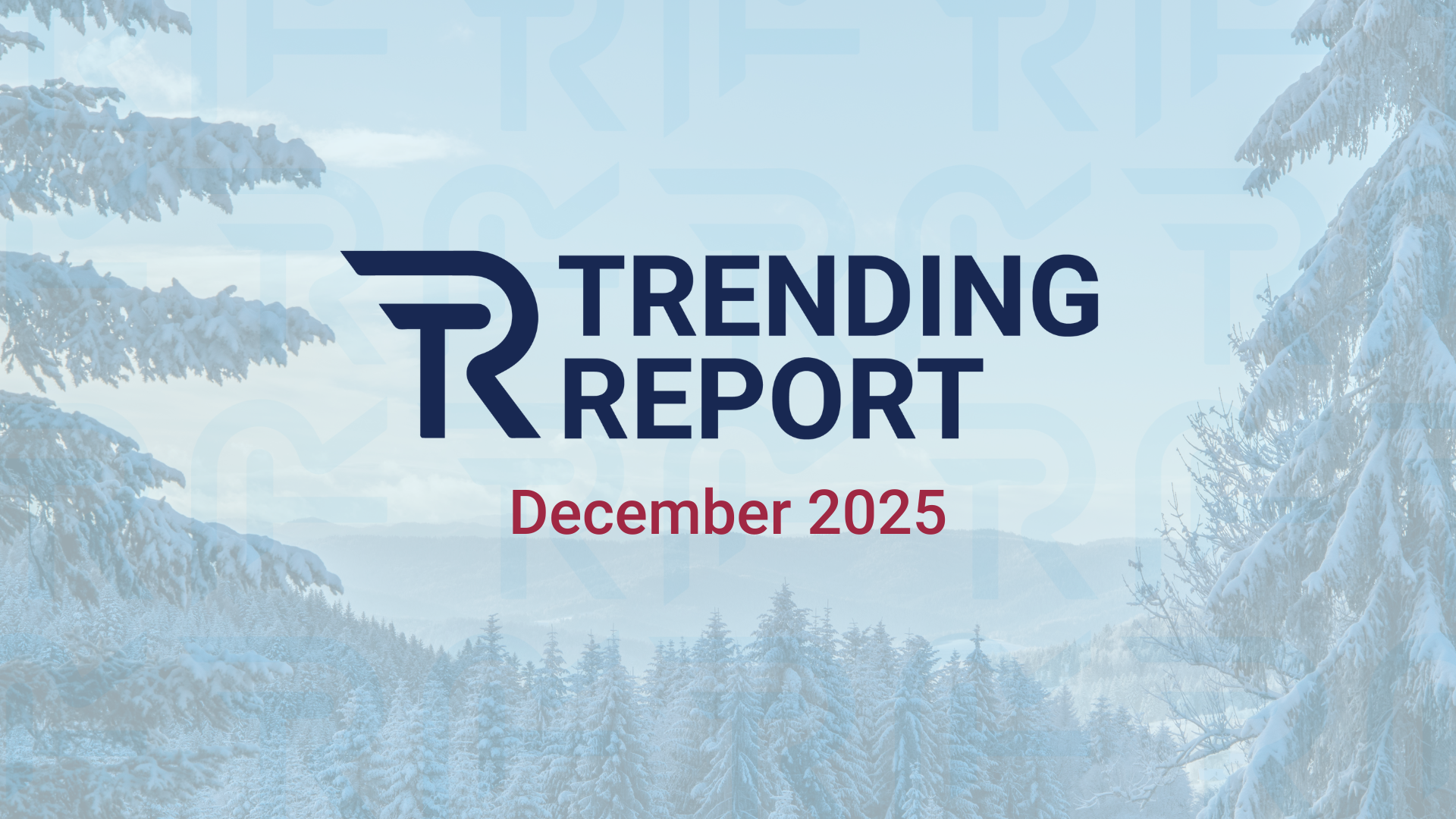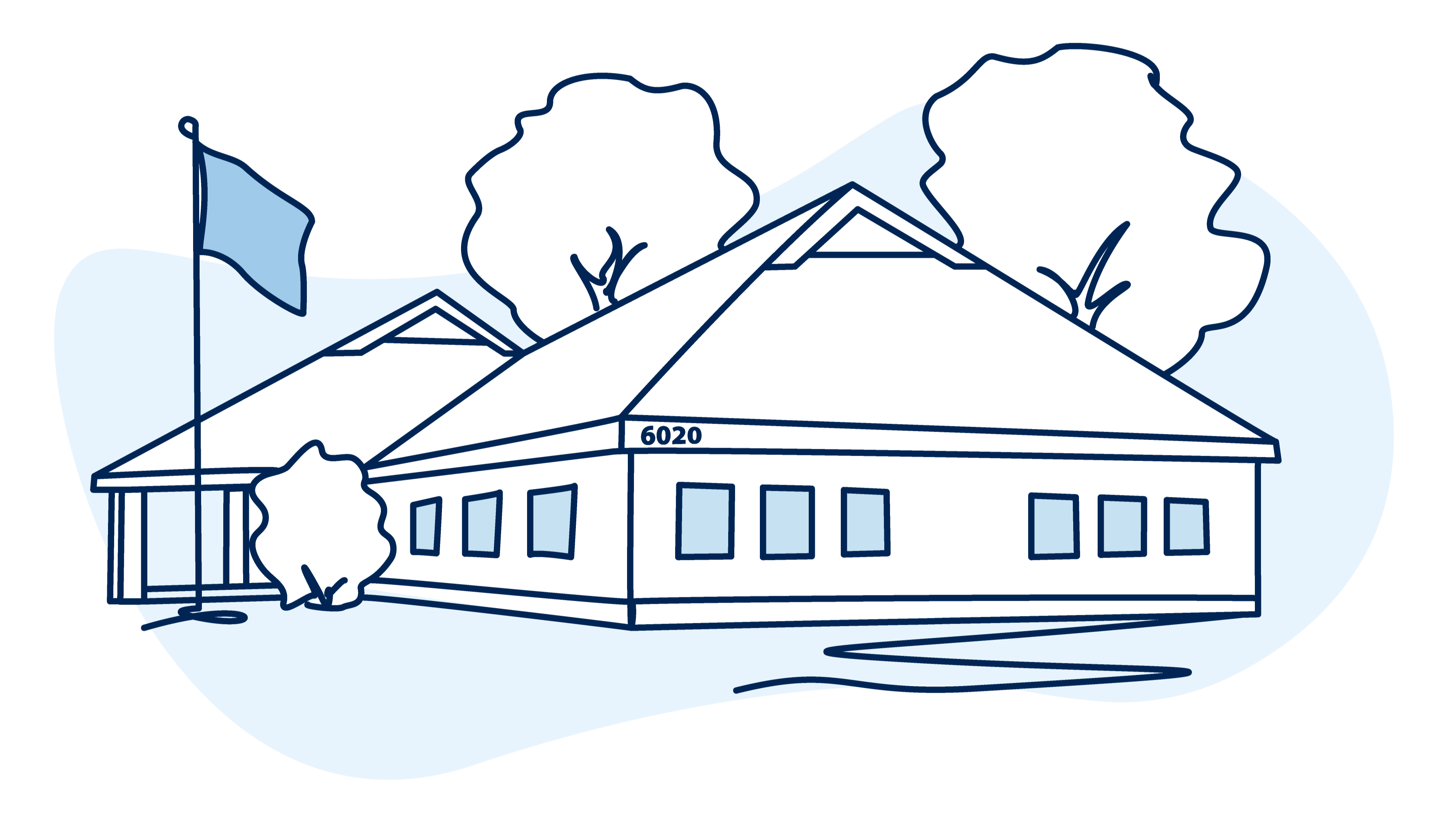The Loyalty Ladder: Turn Clients into Advocates

Before we can start an effective coaching and consulting process with an advisor or team, it helps to understand where certain opportunities might exist; we call those “Opportunity Gaps”.

While the list of consulting programs we provide at USA Financial is long, we’ll focus here on how we help advisors identify what is really happening with the people they serve.
This is the first of two revealing exercises; this one called The Loyalty Ladder - or more fundamentally, “What Do You Have?” For many advisors and teams we engage with, understanding what and who actually exists in their 50, 100, 200, 500 etc. households they serve is a confounding mystery. A mystery that often contains immense opportunity. Not just for generating revenue or getting introductions, but for creating that most valuable asset - more time! – as well as a much more efficient team and process.
In order to maximize this particular Opportunity Gap it is important for us to ask our advisors "What do you have?" Or, asked another way, "Who are you working with?" That is why when we start working with an advisor or a team we never ask, “how many clients do you have?” It's an inappropriate question. What we ask instead is “how many households do you serve?” We start with that larger number and then break it down into three categories: Customers, Clients, and Advocates.
The first group, Customers, we describe as people that are doing business with you, but we also know they're doing business elsewhere. It may be that they do their wealth management with you but perhaps they’re doing their risk management and insurance someplace else, or it could be that they have a second advisor, just to mention a couple of examples. Obviously, we’re not downplaying the revenue that these folks generate, but typically these relationships are a product of timing and/or convenience and they rarely progress further with your practice.
Want to keep reading?
Related Posts

Mastering the Service Matrix: Elevate Client Experience & Drive Advocacy
In this episode of The Rare Advisor, Aaron Grady and Allan Oehrlein dive deep into two essential tools for modern advisory practices: the service matrix and the stewardship framework. Discover why moving from a reactive to a proactive service model is critical for consistency, scalability, and client advocacy. Learn how these frameworks help advisors deliver predictable, high-touch experiences, segment clients effectively, and create professional contrast that sets your firm apart. If you want to elevate your client experience and build loyalty that lasts, this conversation is packed with actionable insights.

What’s Trending: Diversification Beyond Assets for Long-Term Success
As 2025 comes to a close, the S&P 500 is up nearly 18% for the year—but what does that mean for your portfolio? In this December Trending Report, Kevin Roskam breaks down the year’s market performance, the role of trending strategies, and why diversification by time and philosophy matters more than ever. Learn how unemotional, disciplined investing helps you navigate volatility and stay focused on long-term success.

USA Financial Exchange Partners with J.P. Morgan Asset Management to Deliver Direct Indexing Solution
Direct Indexing Enables Advisors to Provide Advanced Tax Management Strategies for High-Net-Worth Clients

Mastering the Service Matrix: Elevate Client Experience & Drive Advocacy
In this episode of The Rare Advisor, Aaron Grady and Allan Oehrlein dive deep into two essential tools for modern advisory practices: the service matrix and the stewardship framework. Discover why moving from a reactive to a proactive service model is critical for consistency, scalability, and client advocacy. Learn how these frameworks help advisors deliver predictable, high-touch experiences, segment clients effectively, and create professional contrast that sets your firm apart. If you want to elevate your client experience and build loyalty that lasts, this conversation is packed with actionable insights.

What’s Trending: Diversification Beyond Assets for Long-Term Success
As 2025 comes to a close, the S&P 500 is up nearly 18% for the year—but what does that mean for your portfolio? In this December Trending Report, Kevin Roskam breaks down the year’s market performance, the role of trending strategies, and why diversification by time and philosophy matters more than ever. Learn how unemotional, disciplined investing helps you navigate volatility and stay focused on long-term success.

USA Financial Exchange Partners with J.P. Morgan Asset Management to Deliver Direct Indexing Solution
Direct Indexing Enables Advisors to Provide Advanced Tax Management Strategies for High-Net-Worth Clients

